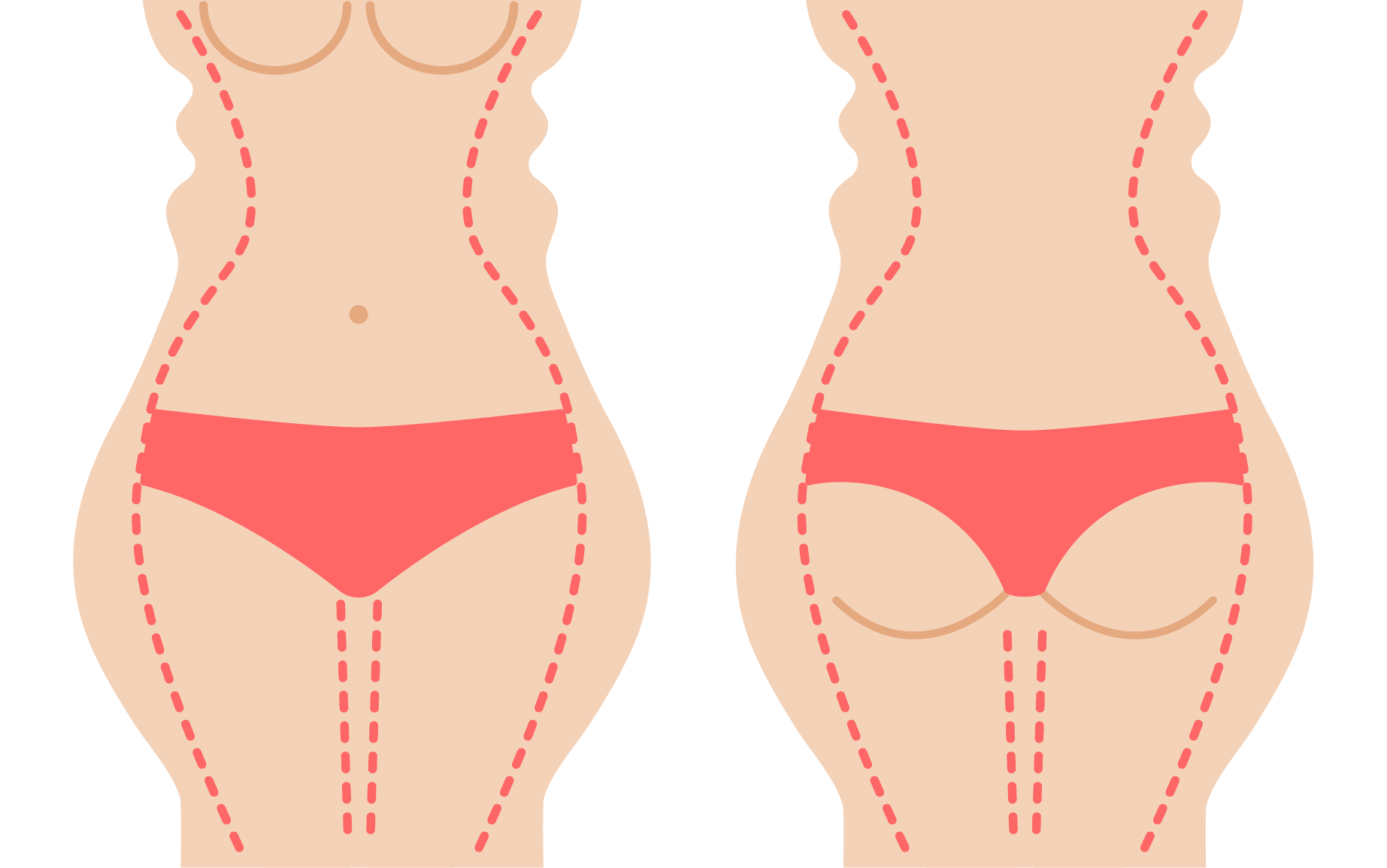In today’s fast-paced world, where aesthetics and time efficiency intertwine, non-surgical body contouring has emerged as a beacon for those looking to reshape their figure without the downtime and risks associated with surgery. Techniques like CoolSculpting and SculpSure have paved the way for fat reduction through innovative, minimally invasive methods. This article delves into how these procedures work, evaluates their effectiveness and safety, and outlines what patients can expect during and after treatment.
Understanding Non-Surgical Fat Reduction
The Science Behind the Techniques
Non-surgical body contouring includes a range of treatments designed to remove or reduce fat without surgical interventions. CoolSculpting, known scientifically as cryolipolysis, utilizes cold temperatures to target and destroy fat cells. This process selectively freezes fat cells beneath the skin, which are then processed and eliminated by the body’s own metabolic processes, as explained by Healthline. On the other hand, SculpSure uses controlled laser technology to heat and disintegrate fat cells at specific temperatures, as detailed by WebMD. Both procedures are designed to target fat without damaging surrounding tissues.
Procedure Details
During a CoolSculpting session, a gel pad and applicator are applied to the targeted area. This applicator delivers controlled cooling to the fat cells. Each session lasts about one hour per treatment area and is relatively comfortable, with patients often reading or using their phones during the procedure. SculpSure, alternatively, involves a hands-free heat laser belt that surrounds the targeted zones with heat bands. Treatment typically lasts 25 minutes, and patients might experience a tingling sensation but no significant discomfort, as outlined by the American Board of Cosmetic Surgery.
Effectiveness and Patient Satisfaction
Results and Expectations
The effectiveness of these treatments varies based on the individual’s body type, the area treated, and the amount of fat targeted. CoolSculpting and SculpSure both offer gradual improvements, with optimal results typically visible after several weeks as the body naturally eliminates the disrupted fat cells. Most patients see a noticeable reduction in fat in treated areas, contributing to a more contoured physique. However, these treatments are not intended for significant weight loss but rather for sculpting specific areas after patients are close to their ideal body weight, as noted by RealSelf.
Longevity of Outcomes
The results of non-surgical body contouring can be long-lasting, provided patients maintain a stable weight and healthy lifestyle. The fat cells that are eliminated do not regenerate; however, remaining fat cells can expand, affecting the long-term outcomes of the treatment. Regular exercise and a balanced diet are crucial to preserve the results, with additional guidance provided by Mayo Clinic.
Safety and Side Effects
Understanding the Risks
Both CoolSculpting and SculpSure have FDA approval and are considered safe for most patients. Common side effects include temporary redness, swelling, and tenderness in the treated areas. These symptoms typically resolve within a few days to weeks. Serious complications are rare but can include paradoxical adipose hyperplasia (a rare condition where the treated area increases in size) from CoolSculpting and burns or scars from SculpSure if not performed correctly.
Patient Care and Comfort
During and After Treatment
Patients can expect a non-invasive, generally comfortable experience during both CoolSculpting and SculpSure treatments. No anesthesia is required, and there is minimal to no downtime, allowing patients to return to daily activities immediately. Post-treatment, patients are advised to massage the area and might be recommended to wear compression garments to help reduce swelling and support the treated areas.
Continued support through advice on lifestyle changes and periodic follow-up sessions can help ensure that the results are sustained. In the landscape of aesthetic treatments, non-surgical options offer a middle ground between doing nothing and opting for surgical interventions, which typically involve higher costs, longer recovery times, and greater risks.
The popularity of these treatments continues to grow as technology advances and more people seek out less invasive alternatives that fit into their busy schedules without requiring significant downtime. Moreover, the psychological benefits associated with improved body image should not be underestimated. Patients often report increased confidence and satisfaction with their appearances, which can lead to positive changes in other areas of their lives.
Ultimately, non-surgical body contouring is about providing options that empower individuals to feel better about their bodies in a manner that aligns with their personal health and wellness goals. As with any medical procedure, prospective patients should conduct thorough research and consult with qualified professionals to ensure that they choose the safest and most effective treatment plan tailored to their specific needs. By taking a measured approach to body contouring, individuals can achieve subtle enhancements that make a significant difference in how they look and feel, paving the way for a more positive self-image and overall wellbeing.
Conclusion
Non-surgical body contouring techniques like CoolSculpting and SculpSure offer a promising alternative to traditional surgery for those looking to refine their silhouette. While these treatments provide noticeable fat reduction and are accompanied by a strong safety profile, potential patients must have realistic expectations and commit to a healthy lifestyle to maintain their results.

